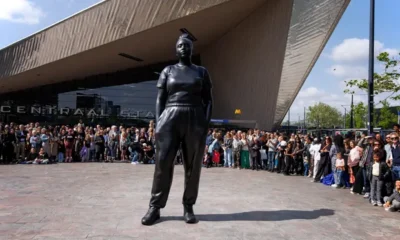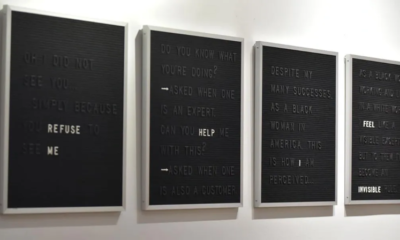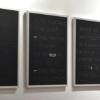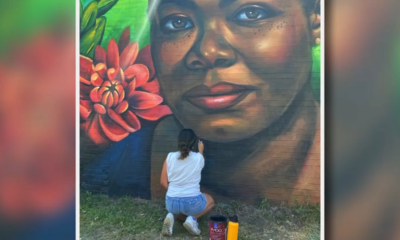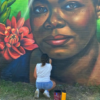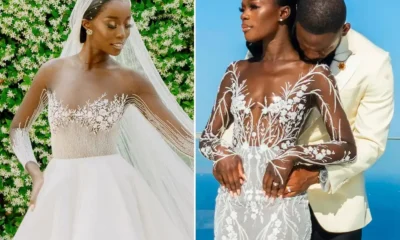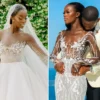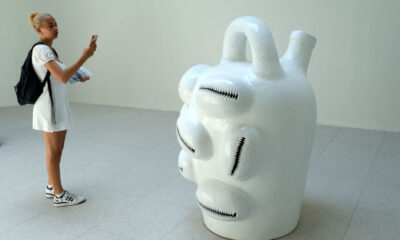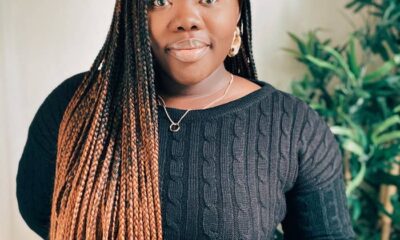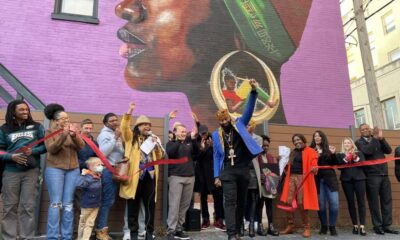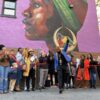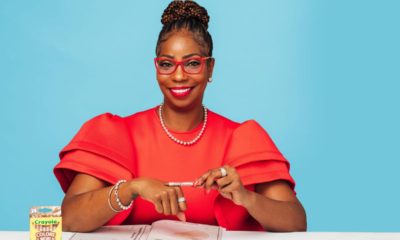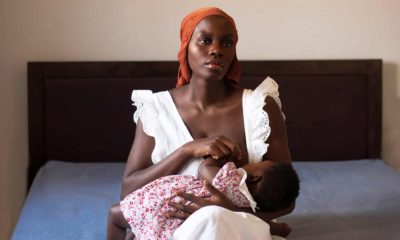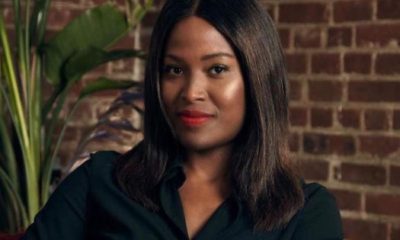Black Women in Arts
‘The Beauty of the Black Woman’ celebrates women of all shades via strong, thoughtful portraits
Exhibition explores the beauty, diversity of black women
Aesha Lee has heard the line countless times: “You’re pretty for a black girl.”
The phrase, spoken by both black and nonblack people, evokes the racism woven into societal standards of beauty, the colorism that still persists within the black community, the often negative representation of dark-skinned women in popular culture, the scars left by segregation and slavery.
It hurts. Every time.
So, a few years ago, when a man Lee was dating noted, almost casually, that he had never gone out with a dark woman before “because none were pretty enough,” she didn’t just get angry.
Lee, a Houston artist and college instructor, realized how ingrained such attitudes are. She thought about the damage inflicted by those offhand comments. She ached for all the little girls who, like her, grow up feeling that their dark skin keeps them from being beautiful.
Then she reached for her paintbrush – and channeled her pain and frustration into her art.
The result was a portrait inspired by Sudanese-born model Ajak Deng, whose dark skin tone and Dinka features upend the European ideal of catwalk beauty. In Lee’s painting, her subject has close-cropped hair, a chocolate complexion and piercing, defiant eyes.
Lee, who studied art at the University of Houston and University of St. Thomas, dubbed the piece “Untitled” because it was meant to encompass the scope of black womanhood. But she soon realized one portrait was not enough.
Over the past two years, she went on to create 22 oil-on-wood panels, a series she titled “The Beauty of the Black Woman.”
The paintings, 13 of which are on exhibit at the Houston Museum of African American Culture (HMAAC) through April 7, are an ode to black women. Each one acts as a callback to the microaggressions and thinly veiled bigotry Lee and other black women encounter during the course of everyday life.
A constant stream of societal messages reinforces the idea that light skin is more attractive than dark skin: phrases such as, “You’re pretty for a black girl.” Incidents in which black women and girls are penalized for wearing natural hair or braids. The lack of positive images in movies, magazines and television. Toy shelves stocked with blond, blue-eyed Barbies but lacking in brown-skinned dolls. The social-media hate targeting the physical appearance of strong black women such as Serena Williams and Michelle Obama.
Those negative messages can be traced back throughout the history of this country.
In antebellum days, for example, black women were labeled as unattractive to justify their enslavement, said author Tami Winfrey Harris, who writes about the intersection of race, gender and current events.
In 1786, the governor of Louisiana passed “tignon laws,” which required women of color to cover their hair with headdresses in an attempt to discourage attention from white men. Black women responded by embellishing head coverings with bright colors and elaborate wrapping techniques – a form of resistance referenced by Beyoncé in “Lemonade.”
The 2011 documentary “Dark Girls,” by Bill Duke, also explored the damage caused by colorism and the perception of dark-skinned women outside and within their own community.
Within the past year, a Banana Republic worker in New York was disciplined for her braids, which her employer criticized as being “unkempt,” and two black girls at a Massachusetts charter school were removed from sports teams and banned from prom for wearing braids.
According to a 2016 study in Multicultural Perspectives, young black girls say they have trouble finding positive portrayals in the media. Instead, researchers found, “stereotypical images throughout history have demonized and dehumanized black women,” and “black women are being measured against white, Eurocentric notions of beauty.”
“The idea that black women are unattractive and features associated with Europeans are more attractive have followed us over the years and seeped into mainstream culture,” Winfrey Harris said.
Even Oscar-winning actress Lupita Nyong’o, who has been named People Magazine’s most beautiful person, has confessed to believing that her “night-shaded skin” made her “unbeautiful.”
“It’s almost like you are conditioned to thinking that only a certain beauty exists and that my beautiful wasn’t enough,” said Lee, a Lone Star College…
Please read more- ‘The Beauty of the Black Woman’ celebrates women of all shades via strong, thoughtful portraits




